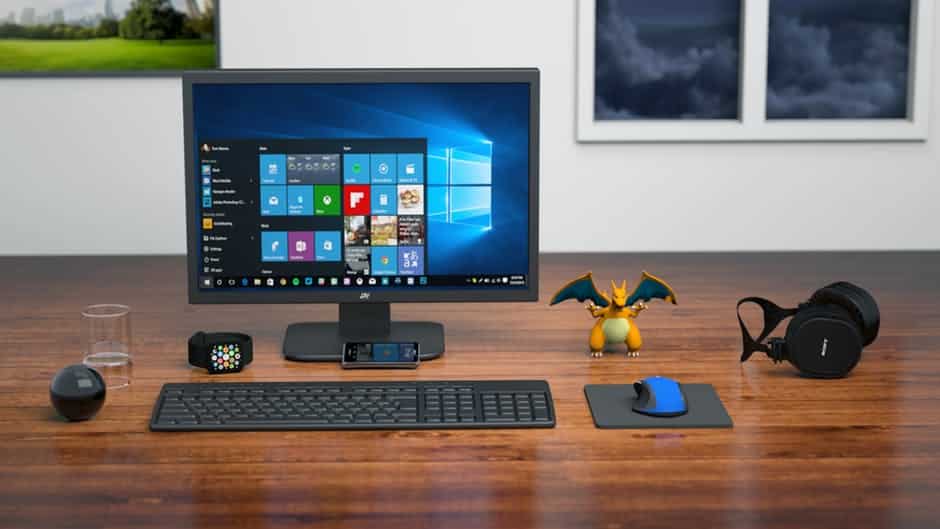In this computer tip of the day, we will talk about Windows Safe Mode. Have you ever had a problem removing a software driver? What about a software application that was stubborn to remove? This is where Safe Mode comes in. It will allow you to easily diagnose and fix computer problems that normal Windows will not.

What is Windows Safe Mode?
Safe Mode is a bare minimum version of Windows that you can boot into. It will load the bare minimum set of drivers and files to allow you to have more control in fixing your computer. In other words, all programs that usually start with your computer will be disabled.
How do I use it?
Using Windows safe mode is easy. Just reboot your computer and press the F8 key a few times. After powering on the computer, the system will present you with a boot menu. This menu may vary between different computers, and in most cases, it will provide you with the following options:
- Safe Mode
- Safe Mode with networking
- Safe Mode with command prompt
To select an option, use your up and down arrow keys. Then, press the enter key. We recommend using the “Safe Mode with Networking” option. You’ll see lots of text scrolling across your screen as your computer boots up. This is totally normal, and soon you will be greeted with your Windows login screen.
We hope our computer tips are useful to you. If your computer is stubborn and you need help, don’t hesitate to contact us today. Bluwater Technologies will be here any time you need computer help.




